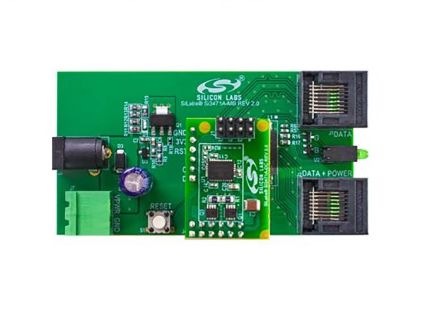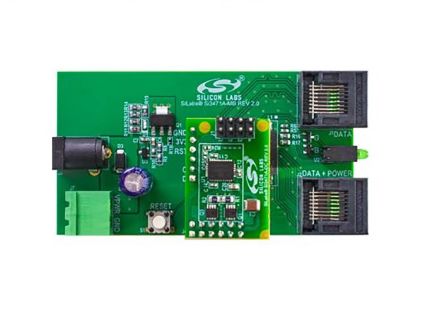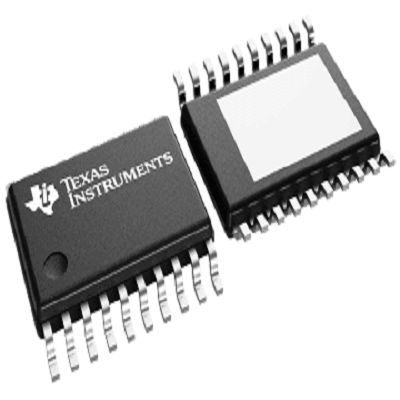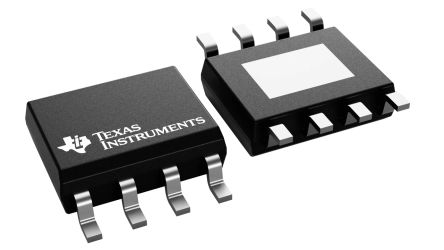- Automation & Control Gear
- Cables & Wires
- Enclosures & Server Racks
- Fuses & Circuit Breakers
- HVAC, Fans & Thermal Management
- Lighting
- Relays & Signal Conditioning
- Switches
- Batteries & Chargers
- Connectors
- Displays & Optoelectronics
- ESD Control, Cleanroom & PCB Prototyping
- Passive Components
- Power Supplies & Transformers
- Raspberry Pi, Arduino, ROCK, STEM Education & Development Tools
- Semiconductors
Power over Ethernet
Power over Ethernet, also known as PoE, is used to describe any of several standards or ad hoc systems that facilitate the transfer of power alongside data via an Ethernet cable. This minimises cable clutter by combining both processes into one cable, usually in the format of an RJ-45 cable, which can then be used to provide power and data to devices such as wireless access points (WAPs) and Internet Protocol (IP) cameras. Power over Ethernet controllers are devices used to monitor and control the power supplied to equipment over Ethernet cables while simultaneously maintaining Ethernet capability in accordance with IEEE 802.3af-2003 and IEEE 802at-2009 standards.
PoE devices are designed to sit within a circuit and help to inject or extract power into Ethernet data lines while additionally providing protection to the system, such as overcurrent and under-powering. PoE applications are also very easy to install, therefore minimising the risk of error.
What are PoE standards?
PoE devices and technology uses IEEE standards (Institute of Electrical and Electronics Engineers), which enable interoperability between PoE-compatible devices and software. PoE uses the IEEE 802.3af-2003 and IEEE 802at-2009 (PoE+) standards.
Types of PoE Integrated Circuits:
- PoE PD (powered devices) are those that consume energy supplied via the connection, including: Wireless Access Points (WAPs), Internet Protocol (IP) cameras, Voice over Internet Protocol (VoIP) phones, network adapters, intercoms and public address systems, and more.
- PoE PSE (power sourcing equipment) are those that act as a power source for the connection. This could be a network switch, commonly referred to as an endspan, or it could be an intermediary device between a non-PoE-capable switch and a PoE device, called a midspan device.
Where are PoE devices used?
Power over Ethernet can be found in applications which require connection to a network and to a power source. They are commonly used in PoE mid-spans, switches and injectors. These are found in telecommunications, IP cameras, IP TVs, network routers and intelligent lighting.






